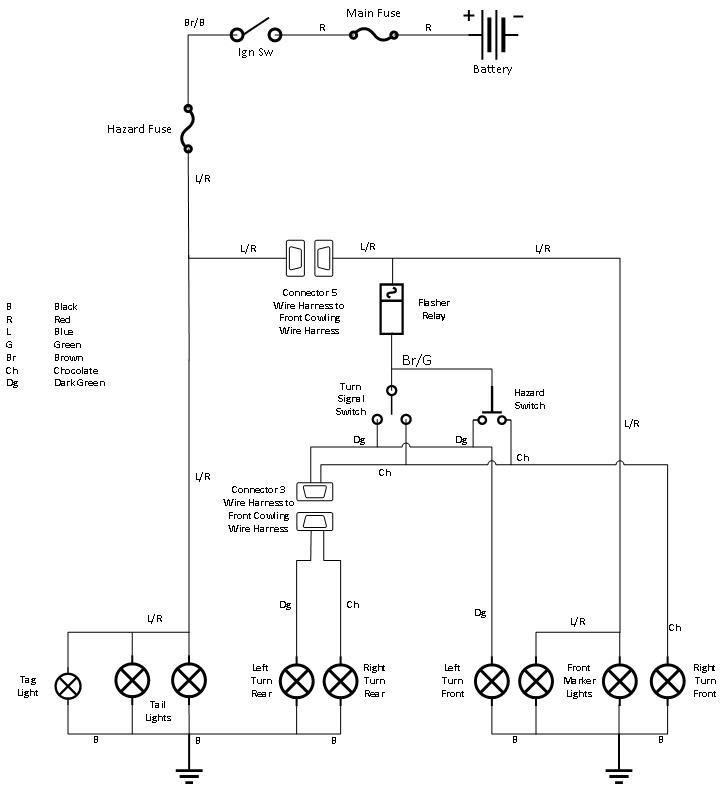T120TT
T120TT
Hello everyone,
I got frustrated and set the FJR aside. Took a European vacation and am just now getting back to the FJR. I installed a new battery but still have the fuse blowing problem. Apparently not self healing. LOL. However, this time in addition to blowing the turn signal fuse, the gauge lights don't light and the starter button doesn't work and the horns don't work. The paddle shift works. This additional problem briefly manifested itself at the same time as the turn signal/emergency flasher problem, but didn't reappear until now. So, blowing the turn signal fuse is constant whenever attempting to use either the flasher or signal. However, there is obviously a greater intermittent problem that I thought was some sort of anomaly that hadn't reappeared until now. Obviously, the blown turn signal fuse problem is somehow related to the gauges, horn and starter not working. It's truly bizarre. When I turn the ignition on, I can hear the shifter kick in with a click and the paddle shift works... but nothing else.
Anyone have any ideas other than something illegal?
It has had all the factory updates, including new ECM altitude fix, new ignition switch and the factory spider jumper addition.
I got frustrated and set the FJR aside. Took a European vacation and am just now getting back to the FJR. I installed a new battery but still have the fuse blowing problem. Apparently not self healing. LOL. However, this time in addition to blowing the turn signal fuse, the gauge lights don't light and the starter button doesn't work and the horns don't work. The paddle shift works. This additional problem briefly manifested itself at the same time as the turn signal/emergency flasher problem, but didn't reappear until now. So, blowing the turn signal fuse is constant whenever attempting to use either the flasher or signal. However, there is obviously a greater intermittent problem that I thought was some sort of anomaly that hadn't reappeared until now. Obviously, the blown turn signal fuse problem is somehow related to the gauges, horn and starter not working. It's truly bizarre. When I turn the ignition on, I can hear the shifter kick in with a click and the paddle shift works... but nothing else.
Anyone have any ideas other than something illegal?
It has had all the factory updates, including new ECM altitude fix, new ignition switch and the factory spider jumper addition.




